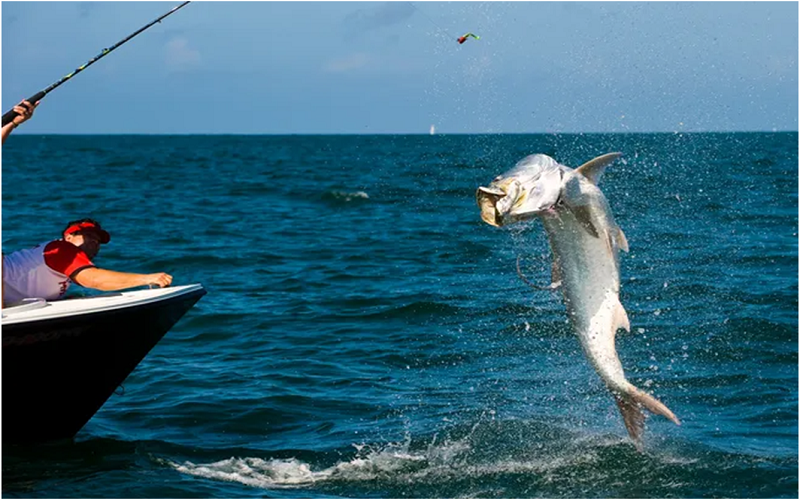
Tips for a Successful Tarpon Fishing Expedition!
Tarpon fishing is a thrilling pursuit that attracts anglers from around the world. These powerful and acrobatic fish, known for their impressive jumps and fierce fights, offer a challenge that many anglers find irresistible. However, successfully landing a tarpon requires skill, strategy, and a good dose of patience. Whether you’re a seasoned angler or a novice looking to hook into your first tarpon, here are some valuable tips to help make your next expedition a success.
Timing is Key:
Tarpon are migratory fish, and their movements are influenced by factors such as water temperature, tides, and bait availability. Researching the best times and locations for tarpon fishing in your area can significantly increase your chances of success. In general, tarpon season peaks in the warmer months, with prime fishing often occurring during the spring and summer.
Choose the Right Gear:
Tarpon are known for their strength and agility, so it’s essential to use appropriate tackle when targeting these fish. Heavy-duty rods, reels with high-capacity spools, and strong braided line are essential for handling the powerful runs and aerial displays of tarpon. Additionally, using circle hooks can increase hook-up rates while minimizing the risk of gut-hooking and injury to the fish.
Master the Art of Presentation:
Tarpon are notoriously selective feeders, so presenting your bait or lure in a natural and enticing manner is crucial. Whether you’re fishing with live bait, such as mullet or crabs, or using artificial lures like swimbaits or topwater plugs, pay close attention to your presentation. Experiment with different retrieval speeds, depths, and casting angles until you find what works best.
Location, Location, Location:
Understanding tarpon behavior and habitat preferences is essential for success. Look for areas with structure, such as bridges, jetties, and channel edges, where tarpon are likely to congregate. Additionally, pay attention to environmental factors such as water clarity, temperature gradients, and current flow, as these can influence tarpon movements and feeding behavior.
Be Patient and Persistent:
Tarpon fishing can be challenging, and success is never guaranteed. Be prepared to spend long hours on the water, patiently waiting for the right opportunity. Stay focused, observant, and adaptable, and don’t get discouraged by setbacks or missed opportunities. Remember that landing a tarpon is as much about skill and preparation as it is about luck.
This post was written by a professional at Copeland Outdoors. Welcome to Copeland Outdoors, where the sun always shines and the fish are always biting! Right in the heart of St. Petersburg, Florida, our charter, owned and operated by the legendary Tyler Copeland, promises an adventure like no other. Embark on an inshore fishing trip and reel in some of the most prized catches The Bay area has to offer. Tyler, with his years of experience and a knack for finding the honey holes, will guide you to where the fish are practically jumping into the boat! For those craving a bit more adrenaline, why not try your hand at Duck hunting St Petersburg FL or alligator hunting near you? Grab your sunscreen, your sense of adventure, and come join us at Copeland Outdoors. Let’s make some waves and reel in some memories together!


